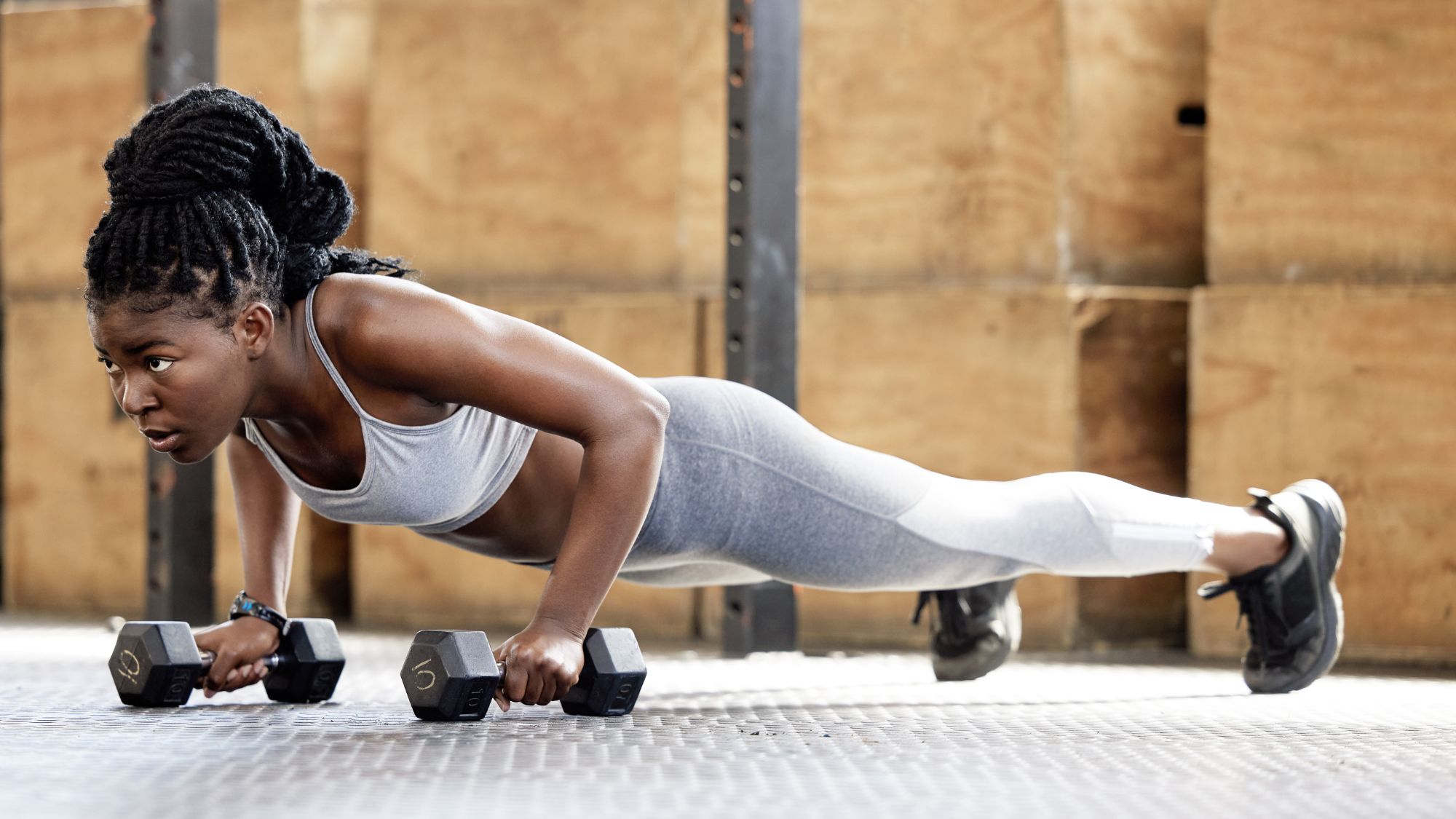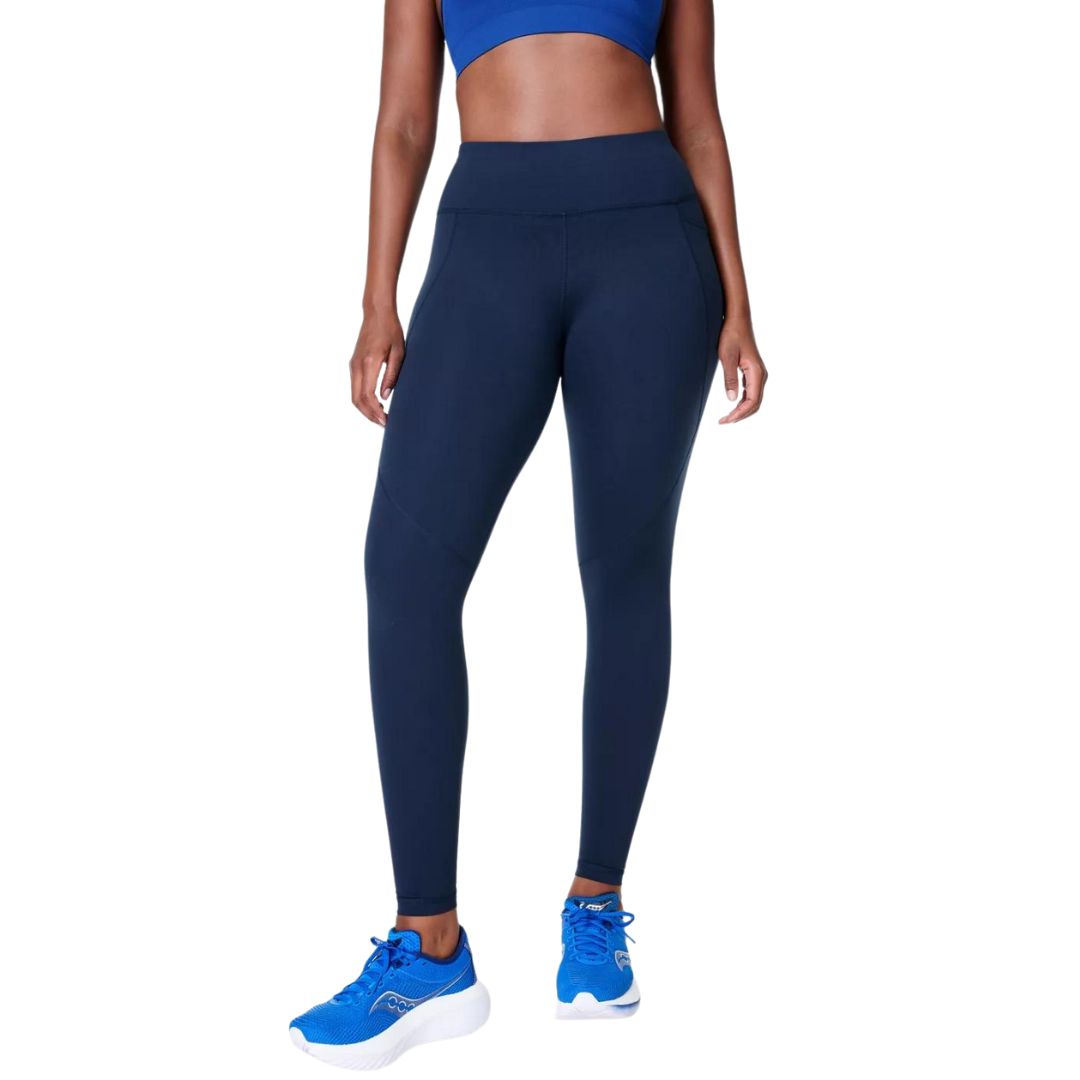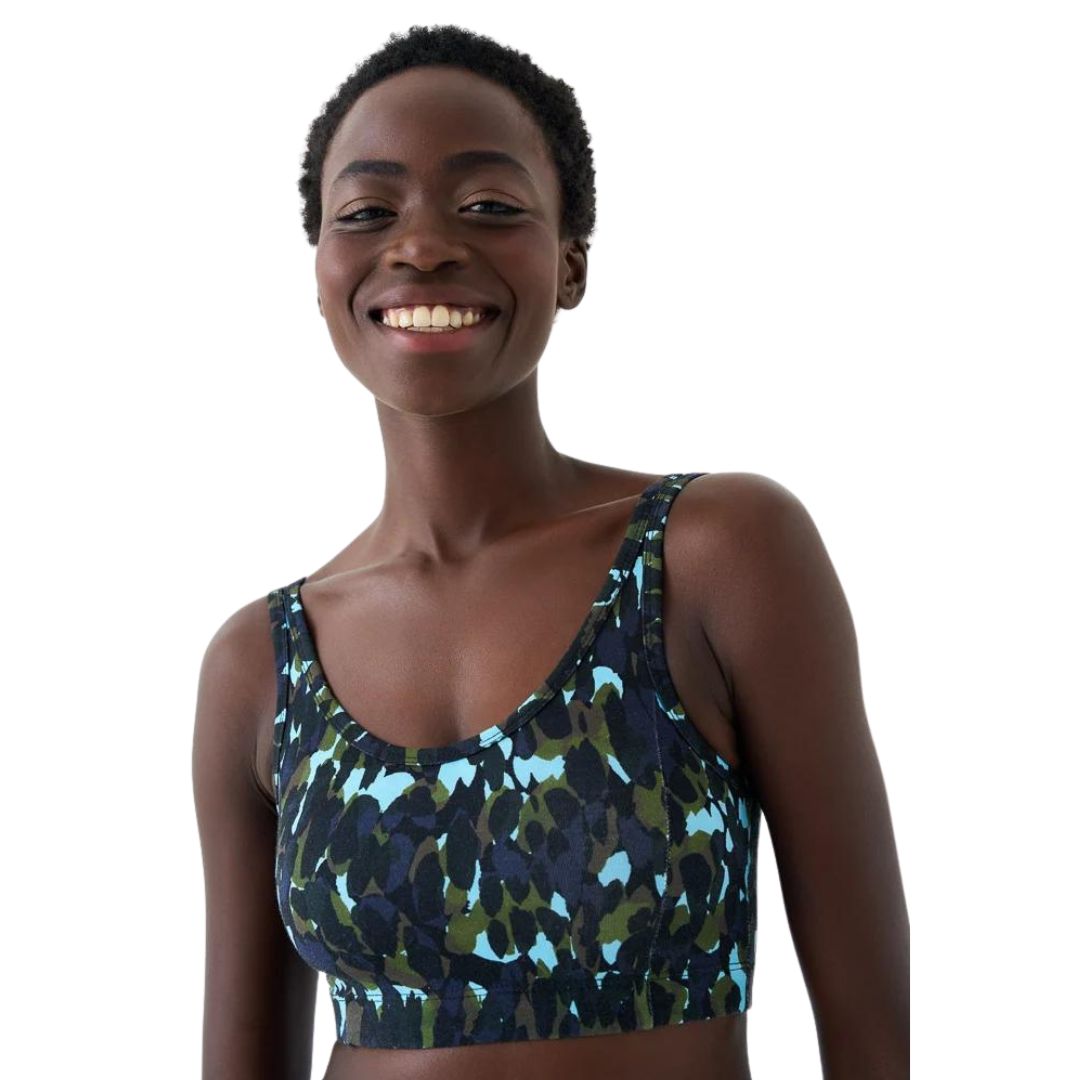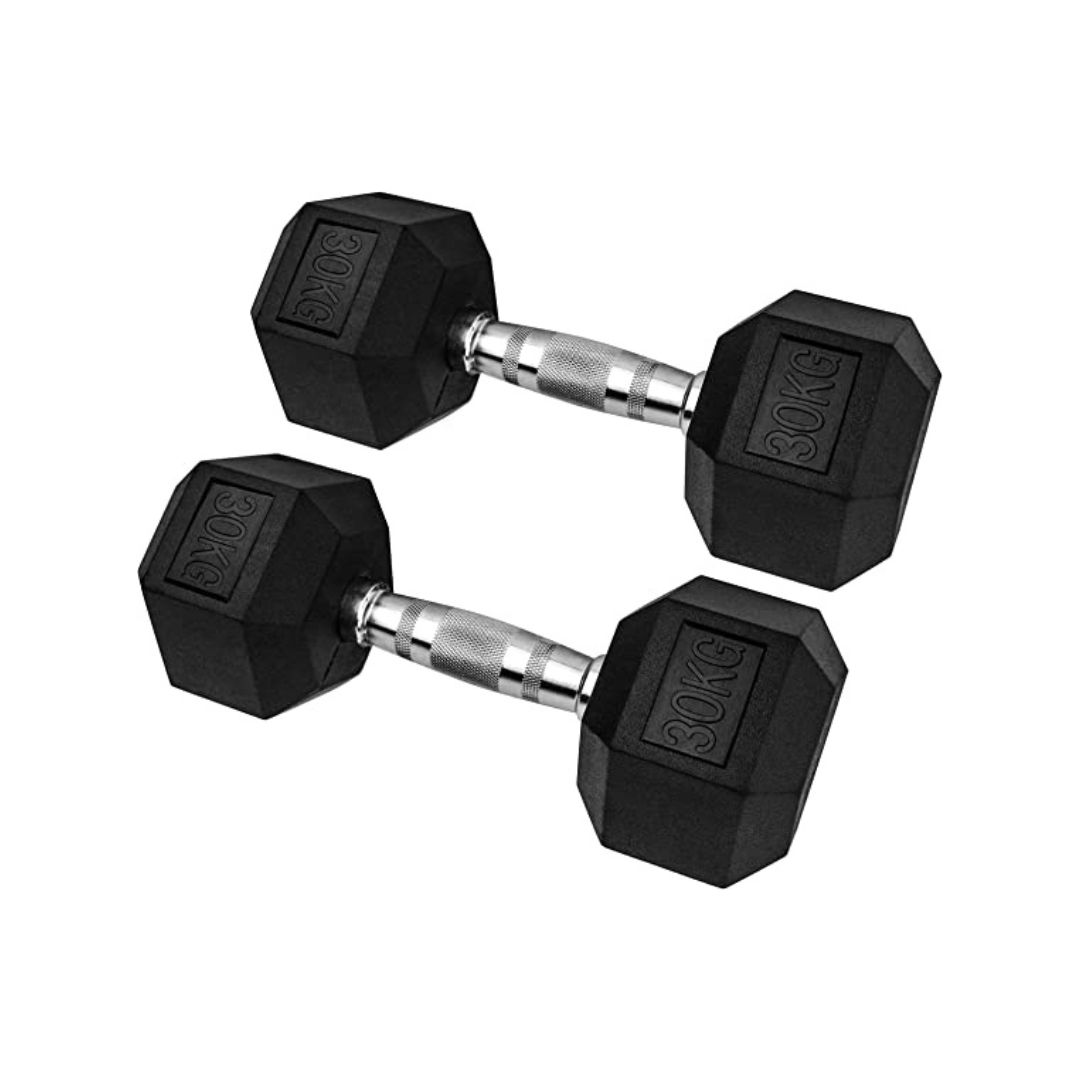Struggling to grow your glutes despite regular workouts? These 4 reasons might be why
Experts say the key is working smarter, not harder.


It’s arguably one of the most frustrating things that can happen when you're following a regular training plan: you’re showing up to every workout and giving your all, yet you’re struggling to see gains from the hours of graft you’ve put in. Enter stage right, our expert guide to how to grow your glutes.
Working out isn't all about how you look aesthetically - daily movement has been scientifically proven to boost both your physical and mental health, after all. That said, if you do have an aesthetic goal in mind, slow progress can be frustrating.
Wondering why exactly it might be happening, especially in relation to your glutes? First up - building lean muscle can take time. While research highlights that you could see noticeable changes in as little as eight weeks, the experts we spoke to for this feature highlighted that it's not just working out that builds muscle. Nutrition, hydration, and similarly genetics all play a part.
That said, the trainers also maintained that there are some seriously common workout errors that can stand in the way of building strong glutes. Whether you’re a regular in the weights room or you’re just getting started out in fitness, these can apply to anyone.
Below, top fitness experts share four simple mistakes you might be making if you're trying to grow your glutes, plus how you can fix them going forward. Don't miss a PT's recommendation of the best glute workout and our expert guide to the most effective glute exercises and leg exercises, while you're here.
How to grow your glutes: 4 common mistakes
1. You haven't been prioritising isolation exercises
By now, you probably know that movements that work several muscles at once are one of the most effective workout moves. But if growing Beyonce-worthy glutes matters to your training goals, it’s worth being patient with some exercises that focus on this area alone.
“Isolation exercises are movements that are designed to provide better muscle growth by targeting a specific muscle group on its own,” explains Chloe Trigg, head of strength and conditioning at BLOK.
Marie Claire Newsletter
Celebrity news, beauty, fashion advice, and fascinating features, delivered straight to your inbox!
While many people focus on hitting the glutes through exercises like squats and hip thrusts, these compound movements can sometimes be ineffective as your glutes lean on your hamstrings, quads, and core for assistance.
To be certain you're honing in on your glutes with laser focus and precision, Trigg advises bringing the heat with isolation exercises. Think clams, kickbacks, and heel-elevated glute bridges. If you can feel your muscles in your butt working, it’s likely a good sign.
2. You’re not activating your glutes properly
According to NHS stats, the average adult spends nine hours a day sitting down, going from laptop to car to sofa. As you can imagine, this isn't great for you and can lead to what’s known as "dead butt syndrome."
“The glutes are one of the largest muscle groups in the body, and because they spend so much time inactive, they can take longer to fire up during a workout,” explains Trigg. “It’s a good idea to spend a good ten minutes before any lower-body focused workout warming up the glutes by isolating and activating them,” Trigg recommends. “I like to cycle through movements like banded monster walks, fire hydrants, single-leg glute bridges, and banded hip thrusts.”
Not sure where to start? Our guides to warm up exercises and cool down exercises will help, as will this simple yet effective stretching workout. Resistance bands at the ready.
3. You aren't lifting heavy enough
You've probably heard the phrase progressive overload banded about on #FitTok - but what does it actually mean?
Well, it’s a type of weight training that involves gradually increasing the intensity or difficulty of workouts over time. “A lot of people don’t see glute growth because they’re lifting weights that are too light for them,” says Reiss Mogilner, trainer and owner of F45 Mill Hill.
“Try doing fewer reps with heavier weights,” he advises. Plenty of studies have shown that progressively (and safely) increasing the amount of weight you're lifting can result in both muscle and strength gain. Generally speaking, you can start to think about picking up heavier dumbbells when you can comfortably complete ten to twelve reps without getting sweaty and out of breath.
4. You’re not nourishing your body
This one's important. For years, diet culture has duped us into thinking that to be fit and strong, we need to count calories. This overlooks the obvious fact that the body needs protein to build and repair the muscle cells that are damaged during a workout.
Like carbohydrates and fat, protein is an essential macronutrient, which means we need relatively large amounts of it in our diet to stay healthy. Ironically, Trigg says that most people make the mistake of under fuelling for the muscle they’re trying to build.
How much protein do you need? “Make sure you’re eating enough high-quality protein (around 1.2 to 1.5g per kg of bodyweight), and include healthy sources of fat and lots of carbohydrates in every meal,” says Trigg. If unsure about your nutritional needs and intake, it’s always a good idea to consult with a qualified health professional. Our guides to clear protein, the best protein powders, and vegan protein sources will certainly help.
Finally, remember that it's OK if your body shape doesn't "fit" whatever aesthetic is trending on TikTok right now. A surprising amount of glute size and shape is down to genetics, and life is far too short to feel unhappy in our own skin. "Training should be about having fun and learning new skills,” agrees Trigg, “so focus on how exercise makes you feel and set some strength-based goals, rather than aesthetic ones.”
@krissycela ♬ original sound - .
Shop MC UK's go to workout kit

These sweat-wicking Sweaty Betty leggings get our vote. They're breathable, quick-drying and super comfy - in other words, definitely up to the task.

Specifically designed for working out, up your workout wardrobe with this soft-to-the-touch sports bra that will support you in all the right places. Plus, you know you're investing in a company doing good - BAM is climate-positive and a certified B Corp.

These dumbbells are a firm favourite of MC UK Health Editor Ally Head. Having first invested in them in lockdown, she's used them on repeat ever since. Why does she like them so much? They're affordable, as weights go, but high quality, too. Just what you need to smash those home workouts.
How long does it take to grow your glutes?
Research has shown that you could grow your glutes in anything from eight to twelve weeks of training - so long as you're following a strength training plan that progressively overloads the amount of weight you're lifting each week.
According to Built With Science, you could see a four to six per cent increase in your hip circumference (an indicator of the size of your glutes) in this space of time.

Liz started her journalism career reporting on fashion at ELLE, GQ and Fashion Beans before finding a love for all things fitness and travel.
Keen to report on her favourite topics, she moved over to the lifestyle desk at The Evening Standard before taking the reins as health and wellbeing editor at news and features agency PA Media. She has also been a senior commissioning editor for the publisher Penguin Random House, finding future bestsellers in the self-development field.
Liz’s features have taken her from fashion front rows to the furthest reaches of the planet, via several hundred sweaty basement gyms in London. Her favourite aspect of her job is getting to write about new trends, whether it’s an under-the-radar travel destination or a TikTok-inspired workout method.
Since going freelance, Liz has written for titles including The Independent, National Geographic Traveller, Stylist, Prospect, Yahoo, and MSN. When she's not writing on her laptop, you'll probably find her at a gig, eating at a new restaurant, or listening to Taylor Swift.
-
 A day in the life of Nicola Orme, the Queens of Archive co-founder behind the fashion set's favourite vintage-inspired dresses
A day in the life of Nicola Orme, the Queens of Archive co-founder behind the fashion set's favourite vintage-inspired dressesEverything she gets up to in her 9-5
By Sofia Piza
-
 Easy Escapes: The Ned offers a decadent retreat in the heart of London
Easy Escapes: The Ned offers a decadent retreat in the heart of LondonThe Ned eclipses other London hotels with its sleek spa, extensive dining options and party atmosphere
By Lauren Hughes
-
 Isamaya Ffrench on disrupting the beauty industry and her desert island make-up bag
Isamaya Ffrench on disrupting the beauty industry and her desert island make-up bagFashion's favourite make-up artist discusses her life in expression
By Nessa Humayun